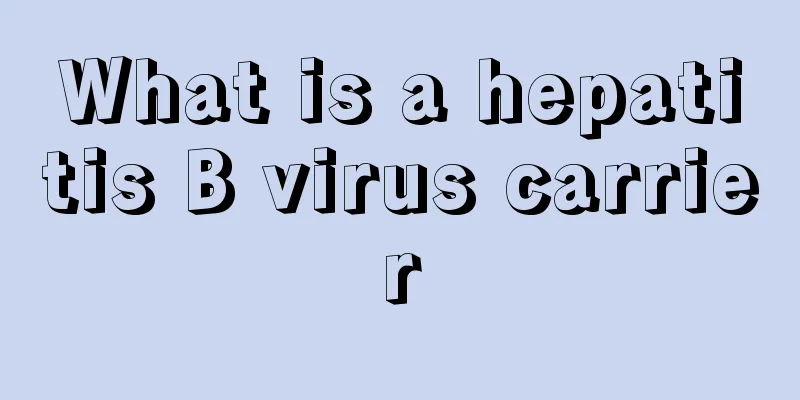What are the symptoms and precursors of cerebral thrombosis

|
Cerebral thrombosis is a type of cerebral infarction. It is a very common vascular disease and is more common in middle-aged and elderly people. Severe cases of cerebral thrombosis can be life-threatening, and the symptoms and precursors of cerebral thrombosis need to be understood so that targeted treatment can be given in a timely manner. 1. Drooling Sudden slurred speech or drooling. For elderly people who already have risk factors for cerebral thrombosis such as hypertension and diabetes, frequent drooling may be a precursor to cerebral thrombosis. 2. Sudden dizziness Dizziness is a very common symptom of cerebral thrombosis and can occur at any time, especially when getting up in the early morning. In addition, it is also likely to occur when you are tired or after taking a bath. Especially for patients with hypertension, if dizziness occurs more than 5 times in 1 to 2 days, the risk of cerebral hemorrhage or cerebral infarction will increase. 3. Sudden severe headache Sudden onset of severe headache accompanied by convulsions, recent history of head trauma accompanied by coma and drowsiness, sudden changes in the nature, location, and distribution of the headache, headache aggravated by forceful coughing, severe headache and waking up in pain at night are prone to cerebral thrombosis. 4. Yawning 80% of patients with ischemic cerebral thrombosis will experience frequent yawning 5 to 10 days before the onset of the disease. 5. Blurred vision It manifests as transient visual impairment or visual field loss, which usually recovers on its own within 1 hour. 6. Abnormal gait Staggering and weakness in walking are one of the precursor symptoms of hemiplegia. If an elderly person's gait suddenly changes and is accompanied by numbness and weakness in the limbs, it may be a precursor to cerebrovascular disease, such as cerebral thrombosis. 7. Razor Drops It means that when he was shaving with a razor, his head turned to one side and he suddenly felt his arm become weak, causing the razor to fall to the ground. He fully recovered after 1 to 2 minutes. This is because when you turn your head and twist your neck, the already hardened carotid artery twists and aggravates its stenosis, leading to insufficient blood supply to the brain. |
<<: What to do if you have symptoms of cerebral thrombosis and how to recover
>>: Why do I feel nauseous and vomit yellow water when brushing my teeth in the morning?
Recommend
What should we pay attention to in preventing liver cancer? What are the common early symptoms of liver cancer?
What are the common symptoms of early liver cance...
Why do I feel dizzy after waking up
Why do I feel dizzy after waking up? Most people ...
What should I do if I have uremic heart failure?
Uremia can actually cause heart failure, so the t...
Yellow wine lowers blood pressure
Wine is a very common drink in people's daily...
What is non-Hodgkin's lymphoma and how to treat it
What is Non-Hodgkin's Lymphoma? How is it tre...
What are some tips for relieving tooth swelling and pain?
There are many reasons for tooth swelling and pai...
What are the side effects of moxibustion on licorice
Licorice is often used clinically to nourish the ...
How to solve the problem of sweating under the armpits when it’s hot?
When the weather gets hot, people tend to sweat u...
Tumors actually favor girls over boys. Let’s take a look at who is so biased
At present, the number of cases of thyroid cancer...
How long does it take for endometrial cancer to recur?
Endometrial cancer is a malignant tumor that grow...
What are the factors that cause testicular cancer
What are the factors that cause testicular cancer...
How to wash off dried semen stains
Semen stains refer to the liquid on clothing or s...
What is the thyroid gland
The thyroid gland is a physiological part that ev...
Can reed root effectively cure bad breath?
The problem of bad breath affects and troubles ma...
Does heart valve replacement require open-chest surgery?
For the surgery to replace the heart valve, it is...









